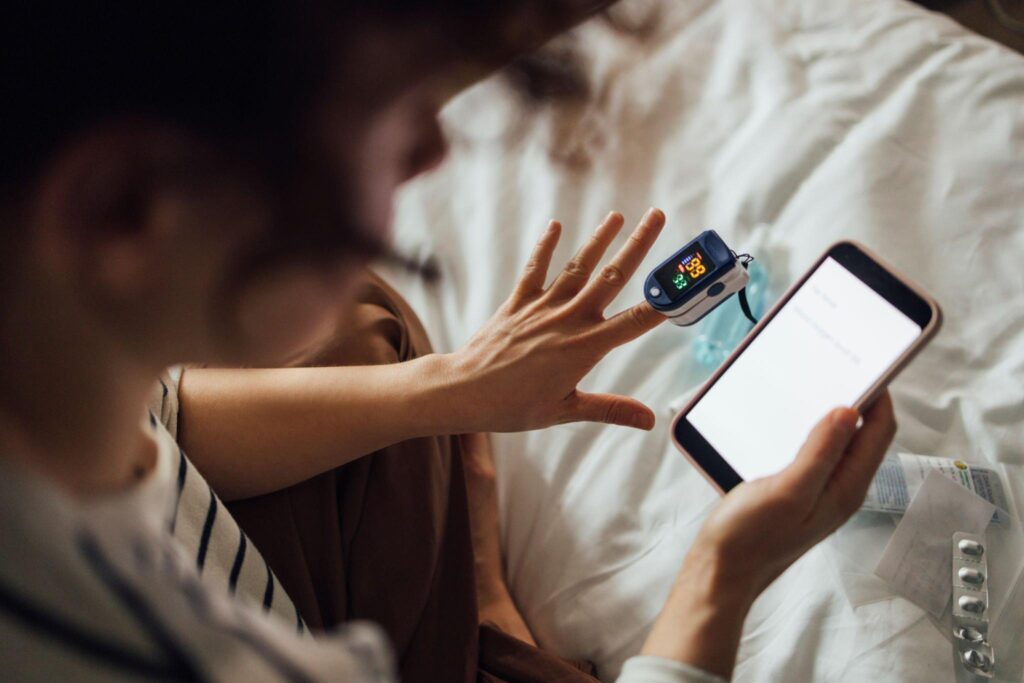In recent years, there has been a significant rise in chronic diseases among Malaysians. According to the National Health and Morbidity Survey, non-communicable diseases (NCDs) accounted for 74.5% of all deaths in Malaysia in 2019. Chronic conditions such as diabetes, hypertension, and cardiovascular diseases are prevalent in the country, affecting millions of Malaysians. To combat these diseases, healthcare professionals are turning to wearable medical devices to monitor and manage chronic conditions. In this article, we will explore the importance, advantages, and usage of wearable medical devices in Malaysia.
Importance of Wearable Medical Devices
Wearable medical devices play a crucial role in the management of chronic conditions. These devices can monitor vital signs, track physical activity, and provide real-time feedback on a patient’s health status. By collecting data on a patient’s health, doctors can identify patterns and make informed decisions about their care. Wearable devices also empower patients to take an active role in their health by providing them with the tools they need to manage their conditions better.
Advantages of Wearable Medical Devices
There are several advantages of wearable medical devices, including their ability to track a patient’s health in real-time. By monitoring vital signs, doctors can detect changes in a patient’s health and intervene before a condition worsens. Wearable devices also provide patients with constant feedback on their health status, motivating them to make healthy choices and take action to manage their conditions. Additionally, wearable medical devices are non-invasive and can be worn for extended periods, making them a convenient tool for monitoring chronic conditions.

Usage of Wearable Medical Devices in Malaysia
In Malaysia, wearable medical devices are becoming increasingly popular among healthcare professionals and patients. Devices such as smartwatches, fitness trackers, and glucometers are widely used to monitor chronic conditions such as diabetes and hypertension. Healthcare providers can remotely monitor their patients’ health using these devices, allowing for more efficient and personalized care. Patients can also track their health status, medication adherence, and physical activity using these devices, providing them with the tools they need to manage their conditions better.
Conclusion
Wearable medical devices are revolutionizing the way healthcare professionals monitor and manage chronic conditions. In Malaysia, where chronic diseases are prevalent, these devices play a crucial role in improving patient outcomes and reducing the burden of chronic conditions on the healthcare system. By using wearable medical devices, doctors can provide personalized care, and patients can take an active role in their health. As technology continues to advance, wearable medical devices will become even more sophisticated, providing healthcare professionals with even more powerful tools to manage chronic conditions effectively. If you or a loved one is living with a chronic condition, speak to your healthcare provider about using wearable medical devices to monitor and manage your health and visit https://mdcplanners.com/.


